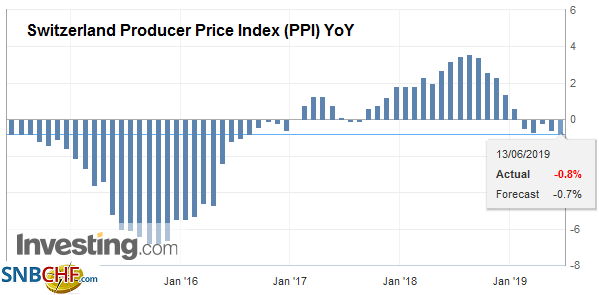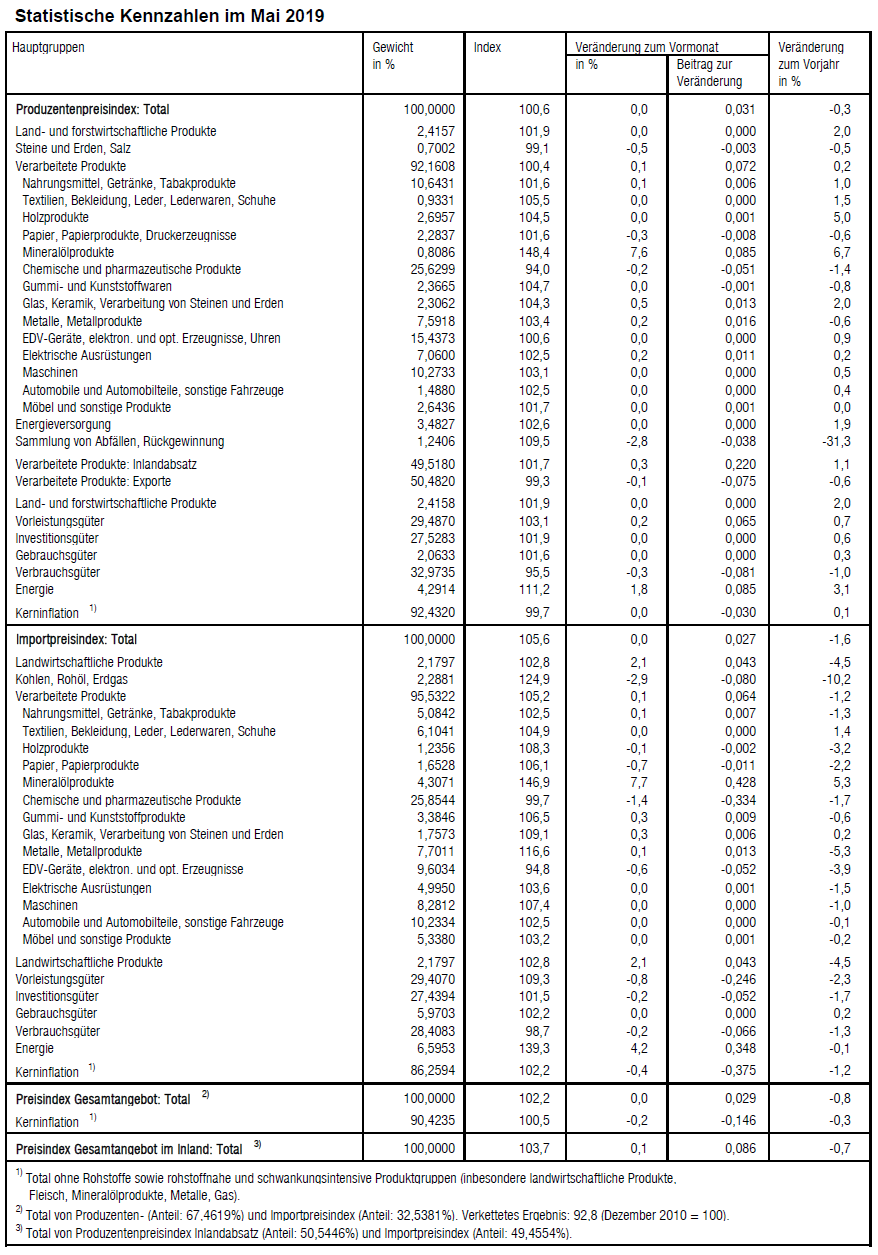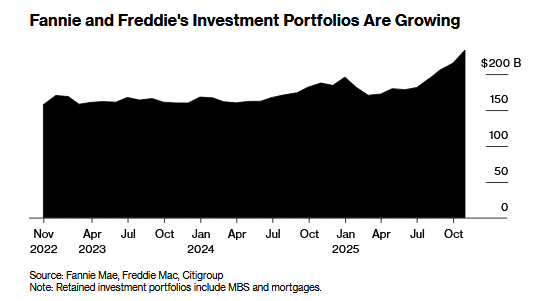The Producer Price Index (PPI) or officially named “Producer and Import Price Index” describes the changes in prices for producers and importers. For us it is interesting because it is used in the formula for the Real Effective Exchange Rate. When producers and importers profit on lower price changes when compared to other countries, then the Swiss Franc reduces its overvaluation. The Swiss PPI values of -6% in 2015 (see below), compared to -3% in Europe or -1% in the U.S., diminished the overvaluation. In 2017, however, producer prices are rising again – in both Europe and Switzerland. See more in Is the Swiss Franc overvalued?
| 13.06.2019 – The Producer and Import Price Index remained unchanged in May 2019 compared with the previous month. The index stood at 102.2 points (December 2015 = 100). Petroleum products in particular saw higher prices, while chemical and pharmaceutical products became cheaper. Compared with May 2018, the price level of the whole range of domestic and imported products fell by 0.8%. These are some of the findings from the Federal Statistical Office (FSO). |
Switzerland Producer Price Index (PPI) YoY, May 2019(see more posts on Switzerland Producer Price Index, ) Source: investing.com - Click to enlarge |
Download press release: Producer and Import Price index remained stable overall in May 2019
German Text:
Produzenten- und Importpreisindex im Mai 2019Produzenten- und Importpreisindex bleibt im Mai 2019 insgesamt stabil13.06.2019 – Der Gesamtindex der Produzenten- und Importpreise blieb im Mai 2019 gegenüber dem Vormonat unverändert. Sein Stand beträgt 102,2 Punkte (Dezember 2015 = 100). Höhere Preise zeigten insbesondere Mineralölprodukte, billiger wurden chemische und pharmazeutische Produkte. Im Vergleich zum Mai 2018 ging das Preisniveau des Gesamtangebots von Inland- und Importprodukten um 0,8% zurück. Dies geht aus den Zahlen des Bundesamts für Statistik (BFS) hervor. Höhere Preise gegenüber dem Vormonat beobachtete man im Produzentenpreisindex vor allem für Mineralölprodukte. Teurer wurden auch sonstige chemische Produkte. Preisrückgänge zeigten dagegen pharmazeutische Produkte sowie die Sammlung und das Recycling von Abfällen. Preiserhöhungen gegenüber dem April 2019 registrierte man auch im Importpreisindex insbesondere für Mineralölprodukte. Teurer wurden auch Kern- und Steinobst. Tiefere Preise zeigten hingegen organische Produkte der chemischen Industrie, Erdöl und Erdgas, Kunststoffe in Primärformen, Computer, pharmazeutische Grundstoffe und Spezialitäten sowie sonstige chemische Produkte. |
Tags: newsletter,Switzerland Producer Price Index



































